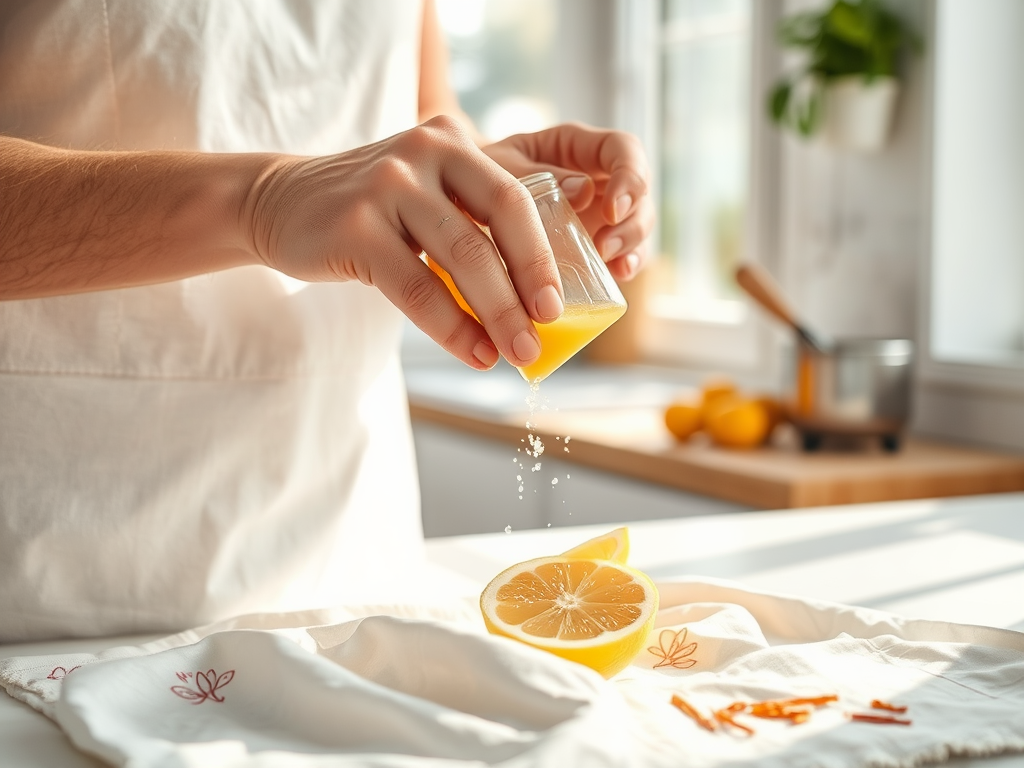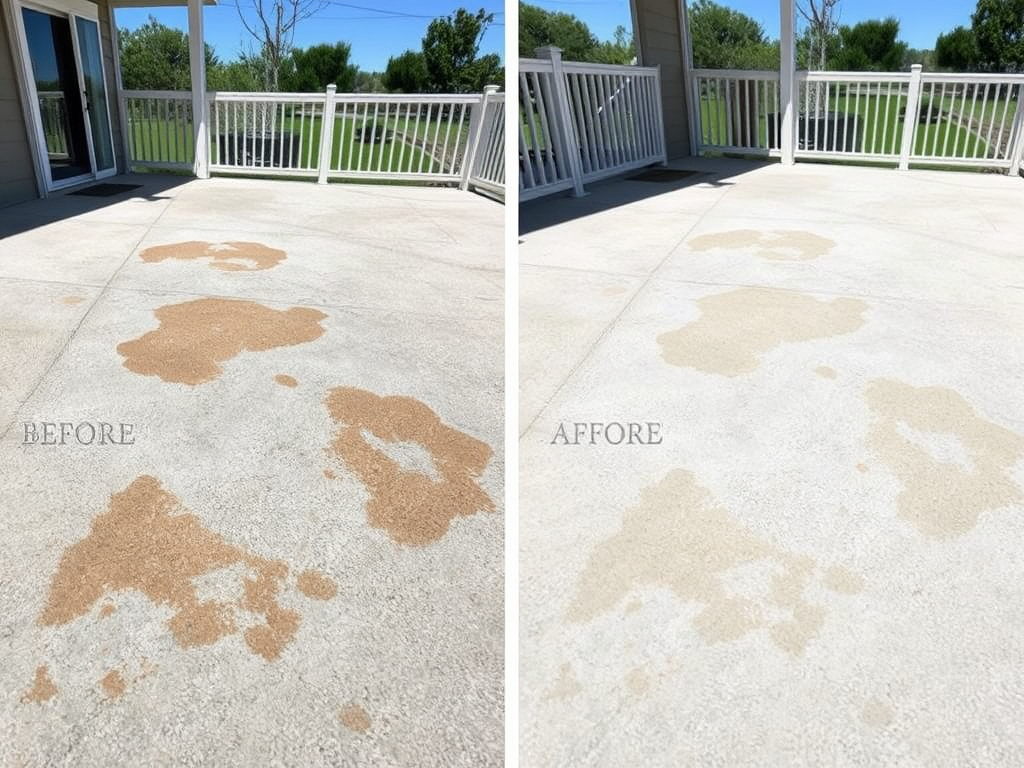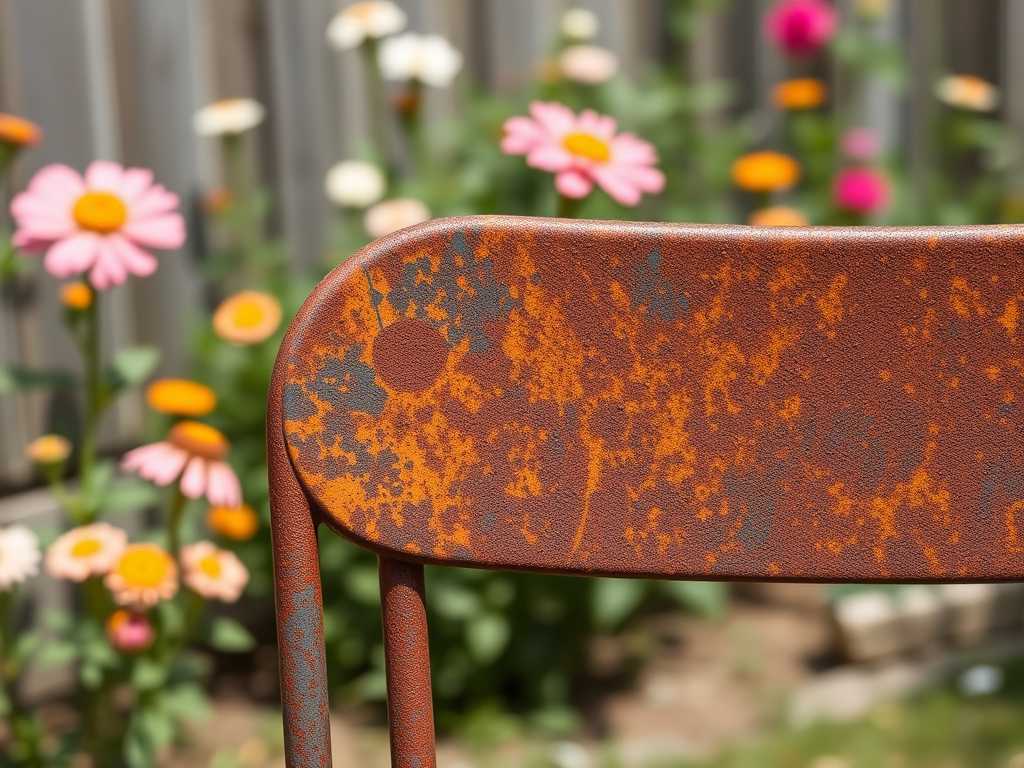Understanding Rust Stains: Do’s and Don’ts of Removal
Rust stains can be more than just an aesthetic inconvenience; they often indicate underlying issues with moisture and corrosion. These persistent stains can detract from the appeal of surfaces such as clothing, metal fixtures, and even outdoor furniture. Removing rust stains effectively requires a nuanced understanding of the materials involved and the appropriate cleaning methods available. In this guide, we delve deep into the do’s and don’ts of rust stain removal, equipping you with the knowledge necessary to combat this common household problem. Whether you’re a DIY enthusiast or someone simply looking to maintain a tidy home, our methods and tips can help you achieve rust-free results. Say goodbye to those unsightly stains and hello to a cleaner, brighter living space!
What Causes Rust Stains?

Rust stains are primarily a consequence of iron or iron-containing materials undergoing oxidation when exposed to moisture and air. This oxidation leads to the formation of iron oxide, commonly known as rust, which appears as orange-brown discoloration on various surfaces. This process can result from various sources, such as moisture-laden soils or fabricated metal items left unprotected from the elements. As a result, rust stains often indicate a broader problem related to water management or material care. Failure to address the conditions that lead to rust can result in larger issues, including structural damage or compromised materials. Understanding these factors is critical for both the immediate and long-term management of rust stains.
- Iron pipes: Corrosion in old plumbing may leak rust onto surrounding surfaces.
- Outdoor furniture: Metal items exposed to weather without proper treatment can rust quickly.
- Soil: Iron-rich soil can contribute to rust stains when mixed with water.
The Do’s of Rust Stain Removal

When faced with rust stains, adhering to certain cleaning practices can significantly enhance your success rate. First and foremost, always opt for recommended cleaning solutions designed for rust stain removal. Natural ingredients such as lemon juice and salt or white vinegar are often effective and gentler on surfaces. Secondly, speed is of the essence. Acting quickly can prevent stains from settling in and becoming more difficult to eradicate. Another crucial step is to always test any cleaning solution in an inconspicuous area to ensure that it won’t cause additional damage.
- Lemon juice and salt: Ideal for fabrics and can help lift stains without harmful chemicals.
- White vinegar: Naturally acidic and can effectively remove light rust stains from hard surfaces.
- Commercial rust removers: Use cautiously, ensuring compatibility with the specific materials you are treating.
The Don’ts of Rust Stain Removal
Equally important are the practices to avoid during rust stain removal. Using abrasive materials such as scouring pads can scratch surfaces, leading to further damage and additional staining. It’s also crucial to steer clear of harsh chemicals like bleach or ammonia, as these can react with rust and cause new stains or deterioration of the material. Manufacturer instructions should never be overlooked; each surface may have specific needs that dictate how it should be cleaned. In summary, avoiding these common pitfalls can streamline the rust removal process and help preserve your surfaces.
- Using steel wool or abrasive pads on sensitive surfaces.
- Ignoring the susceptibility of materials to harsh chemical cleaners.
- Overlooking manufacturer cleaning recommendations.
Effective Methods for Rust Stain Removal
When it comes to tackling rust stains, different surfaces necessitate tailored cleaning approaches. Below is a table summarizing effective methods based on the type of material:
| Material | Effective Method |
|---|---|
| Fabrics | Lemon juice and salt mixture, applied directly before rinsing. |
| Concrete | Baking soda paste; scrub gently before rinsing with water. |
| Metal Surfaces | Commercial rust removers compatible with the material type being treated. |
For each type of surface, always remember to apply the chosen method carefully and monitor for any adverse reactions. Applying treatments with gentleness and being observant can significantly improve your chances of successfully removing those stubborn stains.
Conclusion
Mastering the do’s and don’ts of rust stain removal is fundamental for maintaining a clean and appealing environment. By applying the right methods and utilizing effective solutions, you can keep rust at bay and protect your surfaces from unsightly blemishes. Whether dealing with delicate fabrics or robust outdoor furniture, prioritizing care and appropriate techniques will lead to long-lasting clean results. Don’t let rust stains dictate the aesthetic of your living or working space; take charge with informed actions and a proactive cleaning strategy.
Frequently Asked Questions
- What is the best way to remove rust stains from clothes? A mixture of lemon juice and salt works well; apply it and let sit before rinsing thoroughly.
- Can I use vinegar to remove rust stains? Yes, vinegar is effective but always test on a small, inconspicuous area first.
- Are commercial rust removers safe for all surfaces? No, check the product guidelines as some may damage specific materials.
- How can I prevent rust stains in the future? Use rust-proof coatings on metal items and ensure proper drainage to reduce moisture.
- What should I do if home remedies don’t work? Consider consulting a professional cleaning service for stubborn stains.
